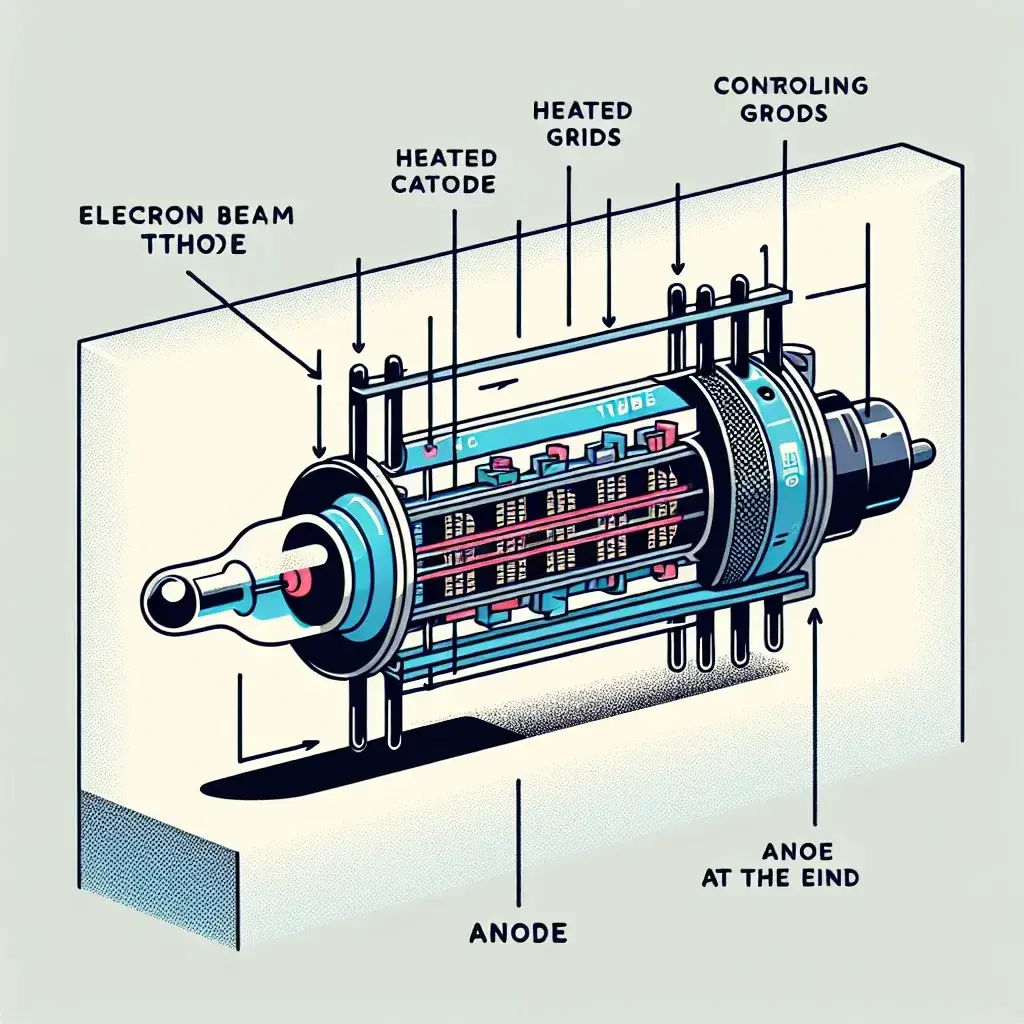Cathode Ray Tubes (CRTs) have been a cornerstone in the world of display technology since their inception. Understanding their components, particularly the anode, is crucial for comprehending how CRTs function. This article delves into the role of the anode in a CRT, shedding light on its vital contributions to the device’s operation.
What is a CRT?
Before diving into the role of the anode, it is essential to understand what a CRT is. A CRT is a vacuum tube containing one or more electron guns and a phosphorescent screen, used to display images. These images are created by manipulating electron beams that are accelerated and deflected inside the tube.
Components of a CRT
To understand the role of the anode, it’s imperative to have a grasp of the major components of a CRT:
- Electron Gun: Emits a beam of electrons.
- Deflection System: Guides the electron beam to specific points on the screen.
- Phosphorescent Screen: Emits light when struck by electrons.
- Anode: Accelerates and focuses the electron beam.
The Anode in a CRT
The anode is one of the most critical components in a CRT. Its primary function is to accelerate and focus the electron beams emitted by the electron gun. Essentially, the anode ensures that these electrons have enough kinetic energy to light up the phosphorescent screen, creating the desired images.
How the Anode Works
Electron Beam Acceleration
The anode is usually maintained at a high positive voltage. When the electrons emitted by the cathode (electron gun) pass through the anode, they are accelerated due to the high voltage difference between the anode and the cathode.
Focusing the Electron Beam
The anode also plays a vital role in focusing the accelerated electrons into a narrow beam. This is necessary to ensure that the electron beam hits precise spots on the phosphorescent screen, thus creating sharp, well-defined images.
| Function of Anode | Explanation |
|---|---|
| Acceleration of Electrons | Anode is kept at high positive voltage |
| Focusing of Electron Beam | Anode narrows down the beam for precision |
| Ensuring Image Clarity | Sharp electron beam strikes specific screen points |
Importance of the Anode
The anode is essential for the following reasons:
- Image Clarity: A well-focused electron beam results in a clear and sharp image on the CRT screen.
- Efficient Electron Acceleration: Proper acceleration ensures that electrons have enough energy to create bright images.
- Operational Efficiency: A malfunctioning anode could render the CRT non-functional, affecting the entire display system.
How Anode Voltage Affects CRT Performance
The voltage applied to the anode significantly impacts the performance and quality of the CRT display. Higher anode voltages generally result in brighter images, but they can also increase the wear on the phosphorescent materials. Conversely, lower anode voltages may extend the lifespan of these materials but at the cost of dimmer images.
Optimal Voltage Range
Manufacturers usually specify an optimal anode voltage range to balance brightness and longevity. Operating within this range ensures the best performance and longevity of the CRT.
Conclusion
Understanding the role of the anode in a CRT helps in appreciating the complexities involved in traditional display technology. The anode not only accelerates and focuses the electron beam but also contributes significantly to the clarity and efficiency of the CRT display. Though modern technologies like LCD and OLED have surpassed CRTs, the role of the anode remains a fundamental concept in the realm of electronic displays.

